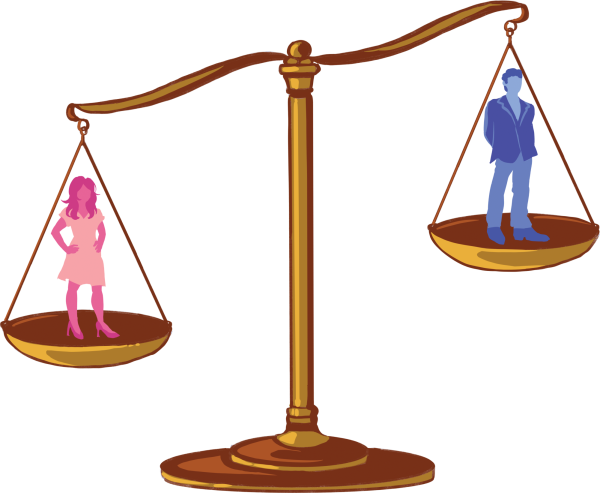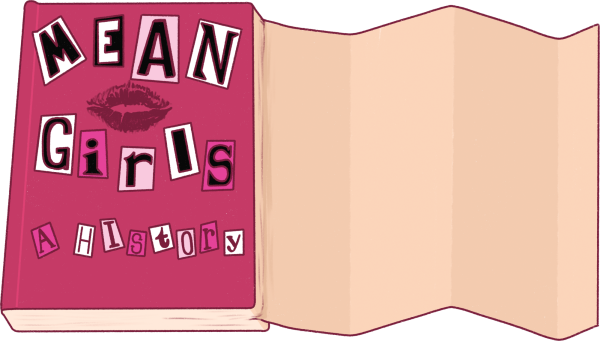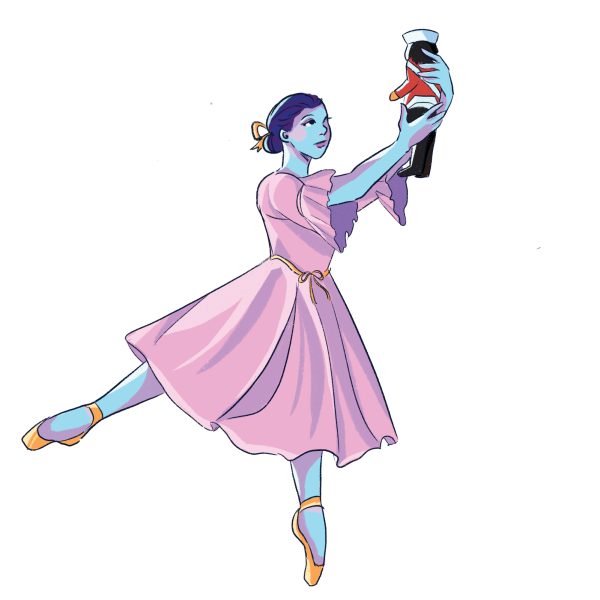Star Wars Is Looking For A New Hope
January 15, 2020
Star Wars is the highest-grossing series of all time and one of the most recognized. Today, the series compounds on its previous success, supported by the titan of industry Disney, and has been responsible for a billion-dollar industry built on Wookie plush toys and Baby Yoda memes that can make everyone smile. Daily conversations are littered with mentions of the force and the Death Star, and it’s a staple of American society to a degree few could have predicted.
In a world where technology has far surpassed some of what was seen in the first film, “Star Wars: A New Hope”, it can be easy to question the film’s relevance in today’s society. It can be difficult to see what film represents now in society and whether science fiction (sci-fi) still has a place in our world.
Sci-fi has been a part of our society since Mary Shelley released Frankenstein in 1818, and since its release, sci-fi works have had a profound influence on the way we think about the world. Media surrounding space specifically, though, is a more recent development that began with an opera called “The Skylark of Space”, released in 1928.
The development of films focusing on outer space exploded after the release of “The Skylark of Space”. As the space race between the United States and the Soviet Union during the Cold War gained publicity, people all over the world were curious as to how humanity would change with these new advancements. People started to wonder more about what humans were destined for beyond the stars and what would happen if humans took decided to colonize other planets. Star Wars gave people what they were looking for: an enriching and an immersive story that satisfied their curiosity and piqued their excitement.
While George Lucas’ classic journey has its merits, recent entries in the series have had box office success, but have also been controversial. The newest additions to the Star Wars series, particularly Episode VII and Episode VIII, have failed to do so. Rey’s journey through the galaxy in Episode VII seems to be a carbon copy of “A New Hope”, with Rey being an impossibly infallible and perfect protagonist and Kylo Ren bringing to the series the personality and charm of a bucket of gravel.
However, Star Wars still retains some of its original charm. “The Mandalorian” series on Disney+ has been wildly successful, and some of Disney’s side projects have also experienced a measure of success. “The Clone Wars” T.V. series has a massive, loyal following, and “Rogue One: A Star Wars Story”, despite being described as the prequel no one asked for, was the U.S.’s top-grossing film in 2016.
So what distinguishes “Rogue One” from its less appreciated sibling “The Force Awakens”? Ultimately, it’s the characterization. Jyn Erso is more lovable because of her flaws, whereas Rey’s immediate mastery of all things makes her distant, hard to relate to and boring.
The perfect protagonist may have been effective in the context of the first space sci-fi films, but in a world with “Interstellar”, “Star Trek”, “Guardians of the Galaxy”, “The Force Awakens” is just another space story that lacks the wonder and uniqueness that made the original so captivating. In order for Star Wars to stay relevant, Disney must find a way to recapture the magic of the original trilogy.








